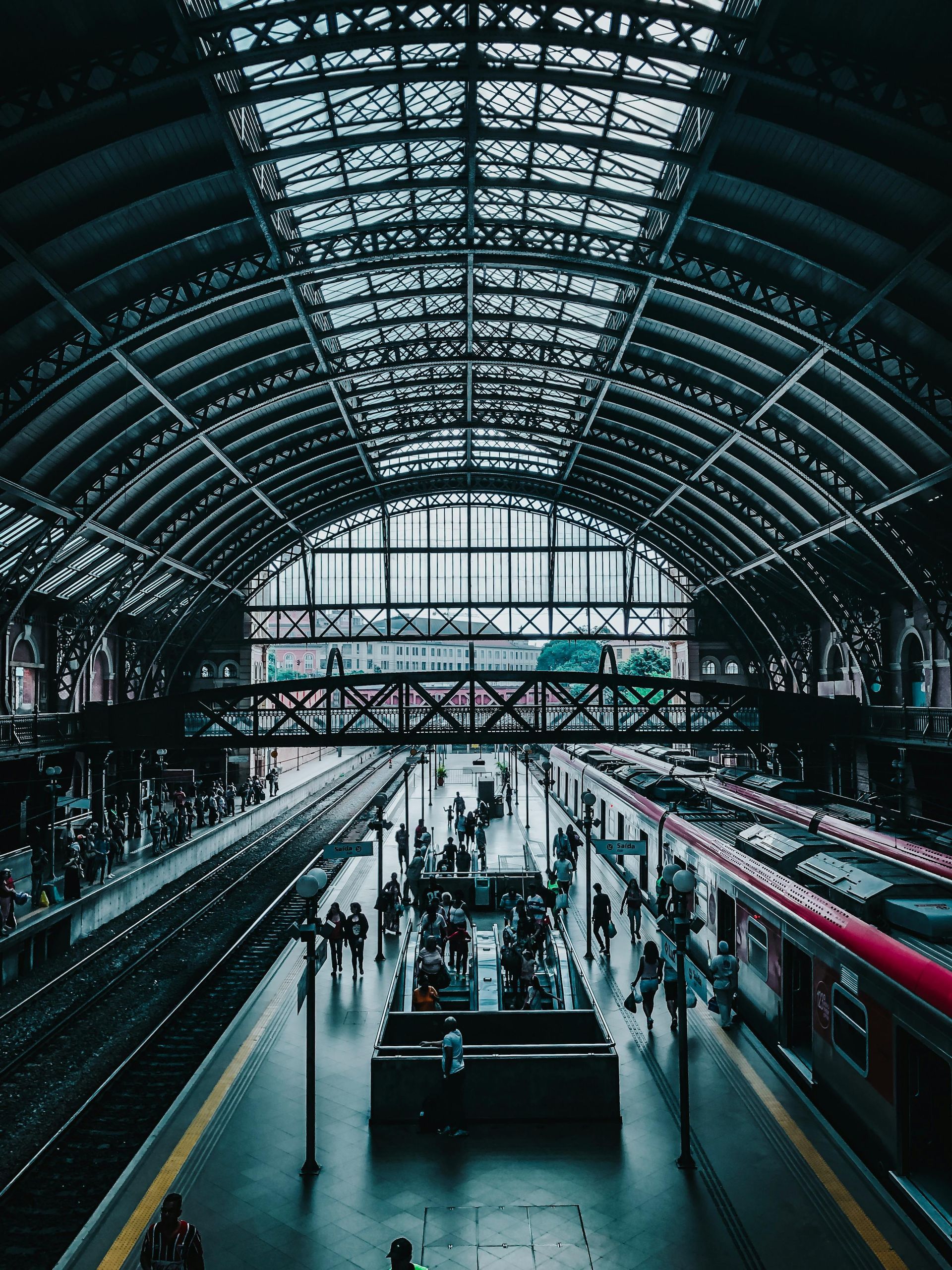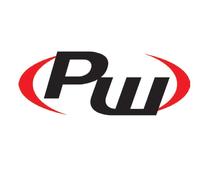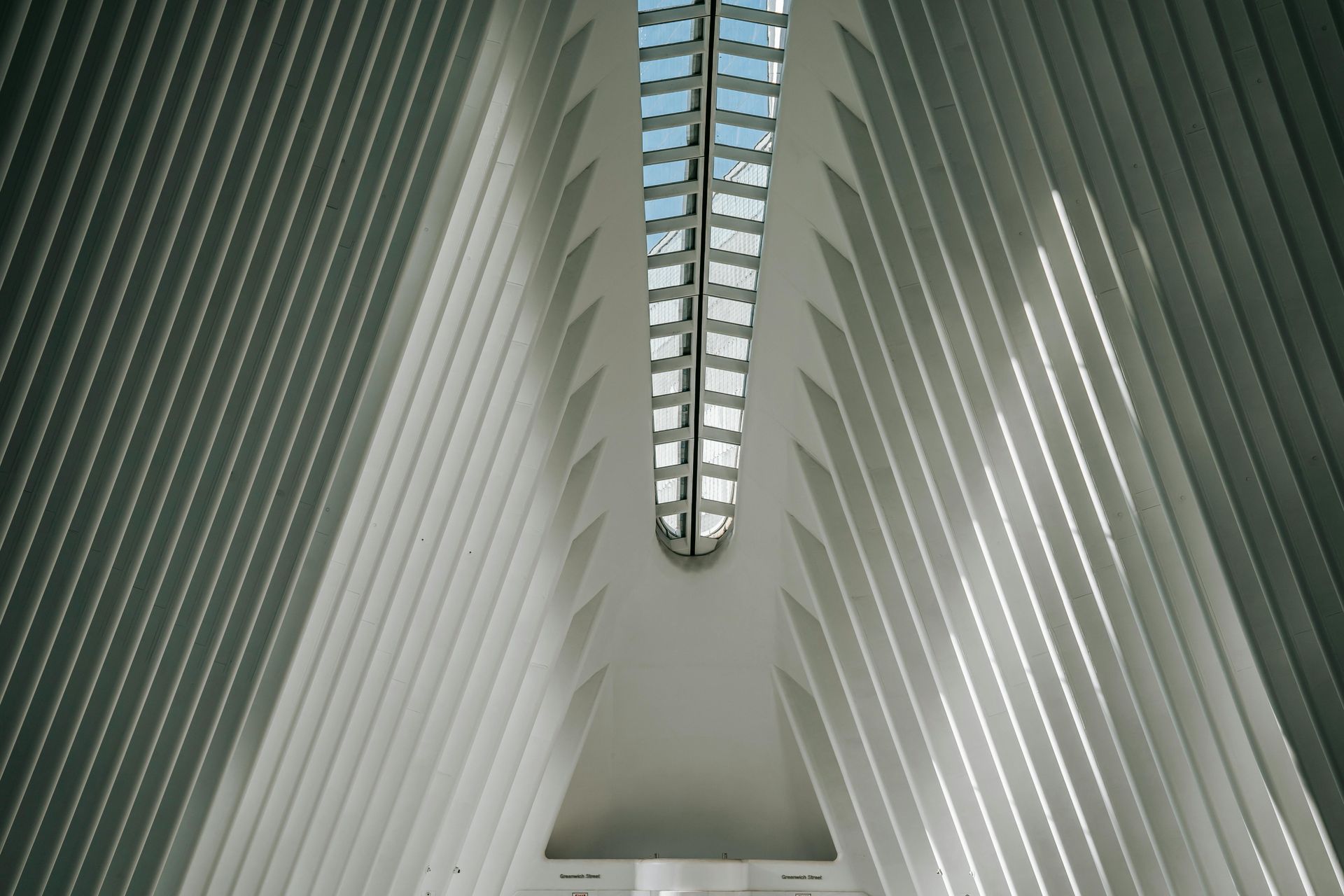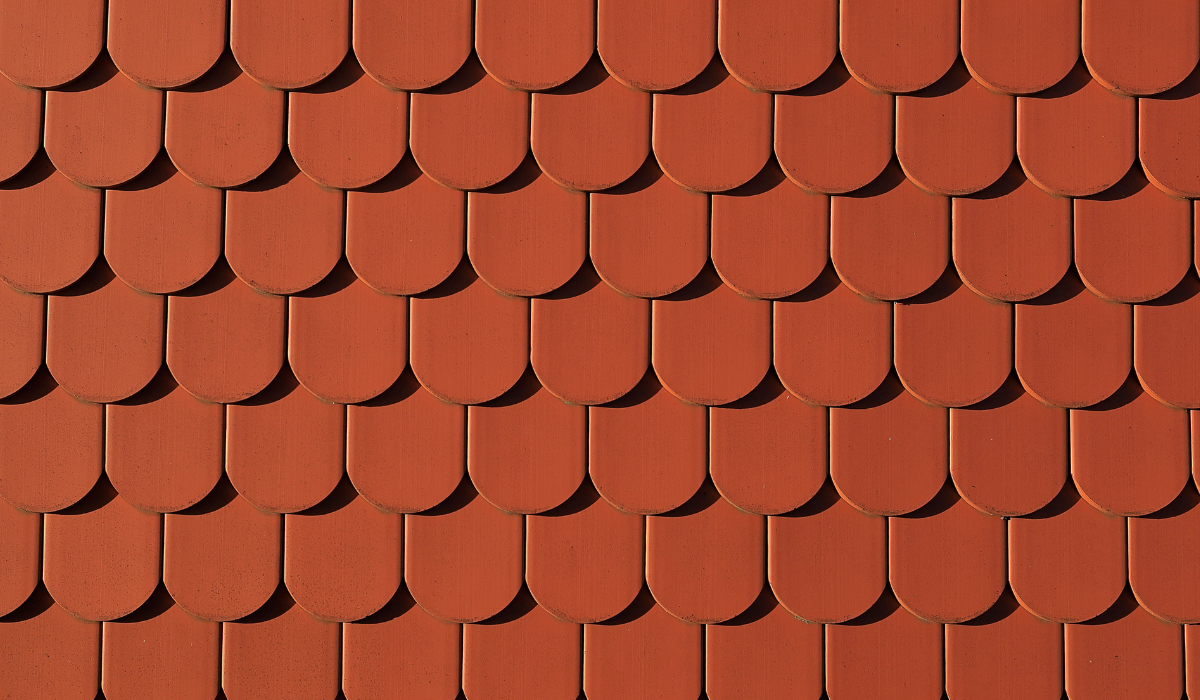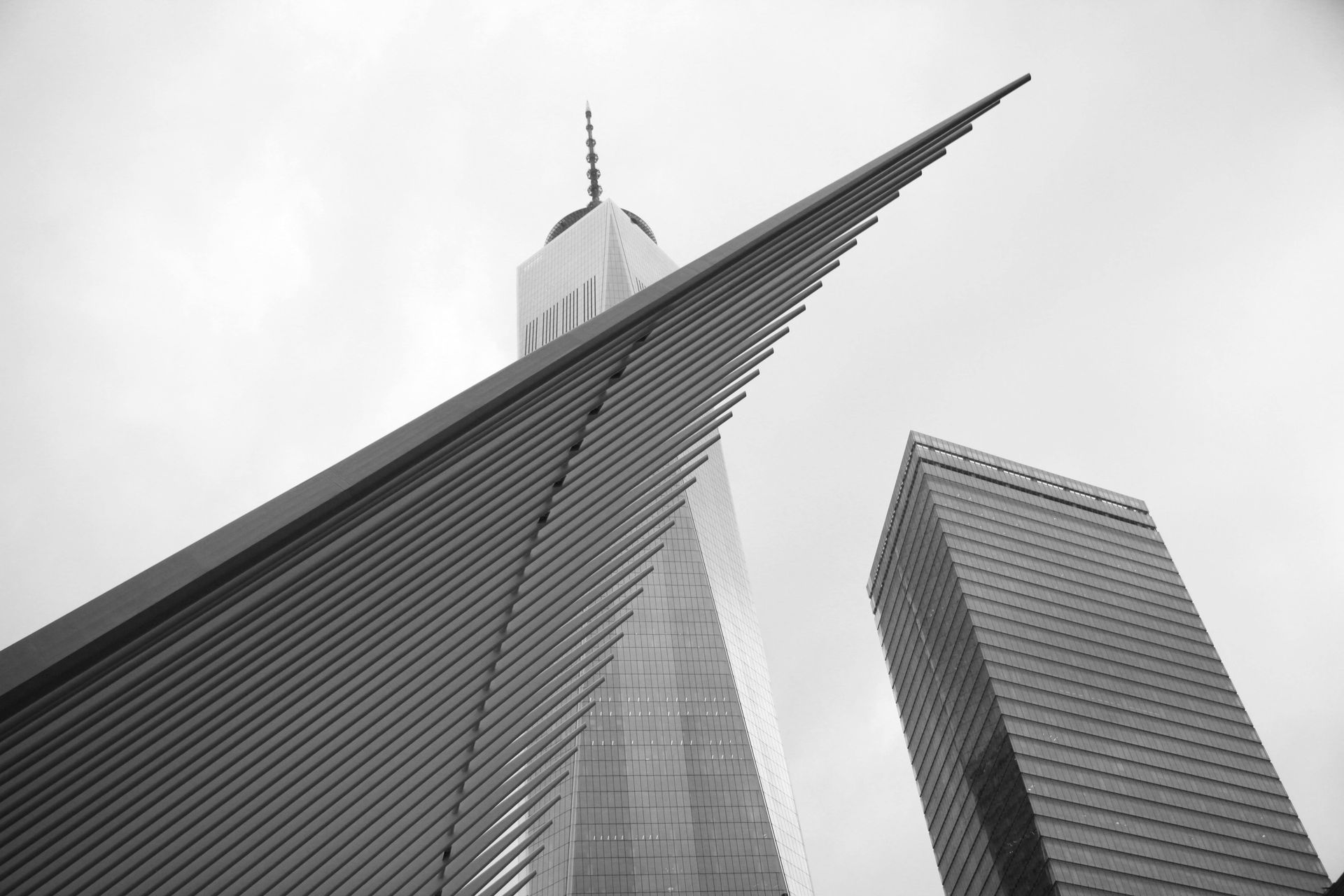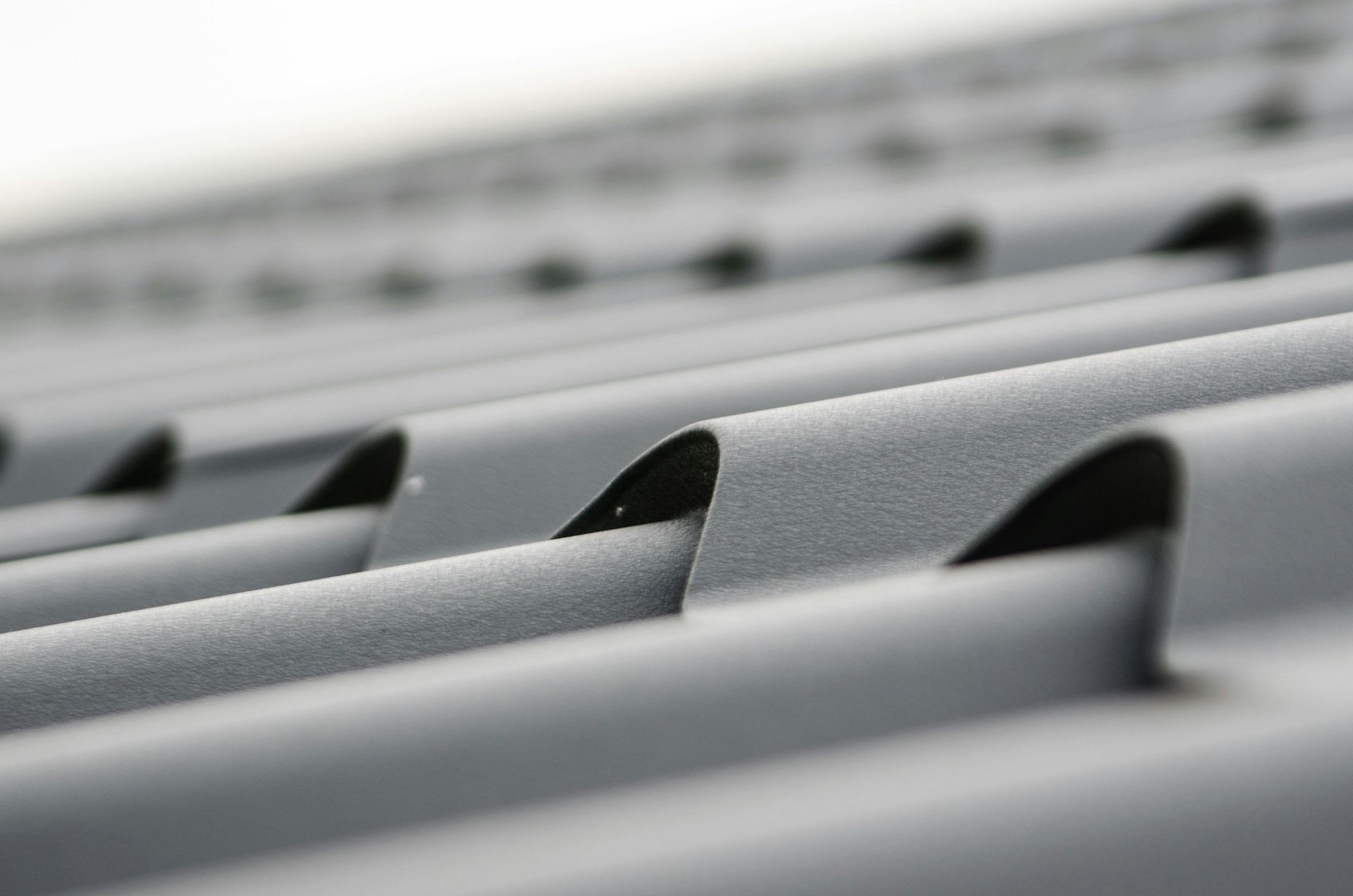Metal Roofing Manufacturer - 50+ Year Lifespan
Metal Roofing Manufacturer: A Complete Guide to Benefits, Types, and Choosing the Right Supplier
Metal roofing has become a popular choice for residential, commercial, and industrial buildings due to its durability, energy efficiency, and modern aesthetic appeal. As a leading metal roofing manufacturer in Malaysia, we understand the importance of high-quality materials, expert craftsmanship, and sustainable roofing solutions. In this comprehensive guide, we’ll explore the benefits of metal roofs, the different types available, key factors to consider when choosing a manufacturer, and why investing in a premium metal roof is a smart long-term decision.
Why Choose Metal Roofing? Key Benefits
Metal roofing offers numerous advantages that make it a superior choice for both residential and commercial properties. One of its most significant benefits is exceptional durability and longevity. Unlike traditional asphalt shingles, which typically last 15-30 years, metal roofs can endure for 40-70 years with minimal maintenance. They are highly resistant to extreme weather conditions, including heavy rain, snow, hail, and high winds. Additionally, metal roofs are non-combustible, enhancing fire safety, and when coated with protective finishes, they resist corrosion. Unlike wood or asphalt, metal is impervious to pest infestations, as termites and rodents cannot damage it.
Another major advantage is energy efficiency and cost savings. Metal roofs reflect solar heat rather than absorbing it, which can reduce cooling costs by 10-25%. Many manufacturers offer cool-roof coatings that further improve energy efficiency, making metal roofing an excellent choice for hot climates.
Metal roofing is also an eco-friendly and sustainable option. Most metal roofs contain 30-60% recycled materials and are 100% recyclable at the end of their lifespan, significantly reducing landfill waste and supporting green building initiatives.
Despite being lightweight, metal roofs are incredibly strong. They weigh 50% less than concrete or clay tiles, reducing structural stress on buildings while still providing superior impact resistance.
Finally, metal roofing offers aesthetic versatility, available in various styles, colors, and finishes. Popular options include standing seam for a modern, sleek look, metal shingles that mimic slate, wood, or tile, and corrugated metal for an industrial or rustic appeal. With its durability, energy efficiency, sustainability, and design flexibility, metal roofing is a smart long-term investment for any property.
Here's a concise comparison chart highlighting the key benefits of metal roofing versus other common roofing materials:
Metal Roofing vs Other Roofing Materials: Key Benefits Comparison
1. Durability & Longevity
- Metal Roofing: Lasts 40–70+ years (depending on type—galvanized steel, aluminum, copper, etc.). Resistant to cracking, warping, and pests.
- Asphalt Shingles: Typically 15–30 years (prone to curling, cracking, and wind damage).
- Clay/Concrete Tiles: 50+ years, but brittle and can crack under impact.
- Wood Shakes: 20–40 years, but susceptible to rot, mold, and fire.
- Slate: 75–100+ years, but extremely heavy and expensive.
2. Weather Resistance
- Metal: Excellent against high winds (up to 140 mph), hail, snow (sheds snow easily), and fire (Class A fire rating).
- Asphalt: Moderate wind resistance (up to 60–130 mph), can melt in extreme heat, and is vulnerable to hail.
- Clay/Concrete: Good in heat/wind but can shatter in hail.
- Wood: Poor fire resistance unless treated.
- Slate: Highly weather-resistant but can break under impact.
3. Energy Efficiency & Sustainability
- Metal: Reflects solar heat (reducing cooling costs by 10–25%). Often made from recycled materials (25–95%) and is 100% recyclable.
- Asphalt: Absorbs heat (increasing cooling costs), mostly ends up in landfills.
- Clay/Concrete: Good thermal mass but not as reflective as metal.
- Wood/Slate: Natural but not energy-efficient.
4. Weight & Installation
- Metal: Lightweight (~50–150 lbs per square vs. 750+ lbs for slate/concrete). Easier to install over existing roofs.
- Asphalt: Lightweight and easy to install.
- Clay/Concrete/Slate: Extremely heavy, may require reinforced roof framing.
5. Cost
- Metal: Higher upfront cost ($7–$15 per sq. ft. installed) but long-term savings.
- Asphalt: Cheapest ($3–$7 per sq. ft.) but shorter lifespan.
- Clay/Concrete: $10–$20 per sq. ft.
- Slate: $15–$30+ per sq. ft.
6. Aesthetic & Style Options
- Metal: Available in standing seam, metal shingles, or tiles (mimicking wood, slate, etc.). Many colors/finishes.
- Asphalt: Limited styles (mostly 3-tab or architectural).
- Clay/Slate: Classic, high-end look but fewer color choices.
7. Maintenance
- Metal: Low maintenance (resists mold/mildew, occasional inspections needed).
- Asphalt: Requires periodic repairs (granule loss, leaks).
- Wood: Needs treatments for rot/insects.
- Clay/Slate: Tiles may need replacement if cracked.
Why Malaysian Homeowners Should Choose Metal Roofing
Malaysian homeowners should consider metal roofing for its exceptional durability, energy efficiency, and weather resistance—qualities perfectly suited to Malaysia’s tropical climate. Unlike traditional materials like clay tiles or asphalt shingles, metal roofs withstand heavy rains, intense UV exposure, and high humidity without warping, cracking, or growing mold. Their reflective surface reduces heat absorption, lowering indoor temperatures by up to 15°C and cutting air conditioning costs by 20-30%—a major advantage in Malaysia’s year-round heat.
Metal roofs are also extremely lightweight, reducing stress on building structures while offering superior wind resistance (up to 140 mph), crucial during monsoon storms. They require minimal maintenance, resisting pests, rot, and corrosion—unlike wood or concrete alternatives.
Additionally, metal roofing is eco-friendly, often made from recycled materials and fully recyclable, aligning with sustainable building trends. Modern designs come in varied styles and colors, including options that mimic traditional Malaysian roof aesthetics while providing modern performance.
With a lifespan of 40-70 years—far outlasting asphalt shingles (15-20 years)—metal roofing offers long-term cost savings, making it a smart investment for Malaysian homeowners seeking durability, efficiency, and style.
Final Thought
Powin Steel is a leading and trusted metal roofing manufacturer in Malaysia, renowned for delivering high-quality, durable, and innovative roofing solutions. With a strong commitment to excellence, Powin Steel specializes in premium steel roofing systems that withstand harsh weather conditions while enhancing energy efficiency and aesthetic appeal. Their products cater to residential, commercial, and industrial projects, combining advanced manufacturing technology with stringent quality control. As a customer-centric brand, Powin Steel ensures reliability, sustainability, and cost-effectiveness, making it the preferred choice for architects, contractors, and homeowners across Malaysia. Backed by years of expertise, Powin Steel sets industry benchmarks in strength, performance, and design versatility.
